Animals
-
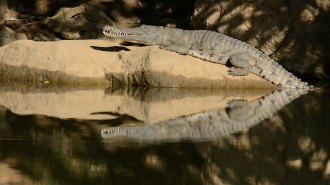 Animals
AnimalsNasty-tasting cane toads teach crocodiles a lifesaving lesson
After tasting nausea-inducing toad butts, crocodiles in Australia learned to avoid the poisonous live version. Crocodile deaths dropped by 95 percent.
-
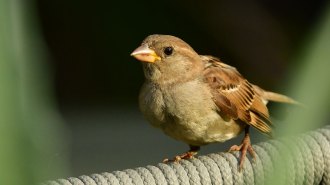 Animals
AnimalsA risk-tolerant immune system may enable house sparrows’ wanderlust
Birds that are willing to eat seed spiked with chicken poop have higher expression levels of a gut immunity gene, a new study finds.
-
 Animals
AnimalsA frog’s story of surviving a fungal pandemic offers hope for other species
Evolving immunity to the Bd fungus and a reintroduction project saved a California frog. The key to rescuing other species might be in the frog’s genes.
-
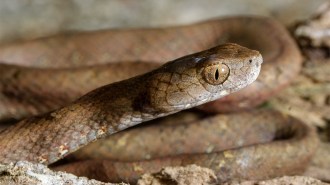 Animals
AnimalsHundreds of snake species get a new origin story
Elapoid snakes, including cobras, mambas and sea snakes, may have evolved in Asia, not Africa as many researchers once thought.
By Jake Buehler -
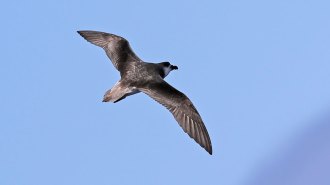 Animals
AnimalsWhy a small seabird dares to fly toward cyclones
Tracking data show that Desertas petrels often veer toward cyclones and follow in their wake, perhaps to catch prey drawn to the surface.
-
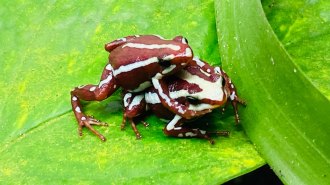 Animals
AnimalsPheromone fingers may help poison frogs mate
Specialized glands in the fingertips of some males may produce seductive chemical signals.
By Jake Buehler -
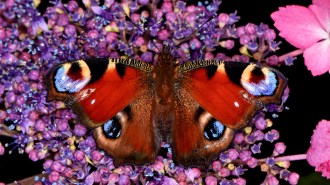 Animals
AnimalsStatic electricity may help butterflies and moths gather pollen on the fly
Electrostatically charged lepidopterans could draw pollen out of flowers without touching the blooms, computer simulations suggest.
By Anna Gibbs -
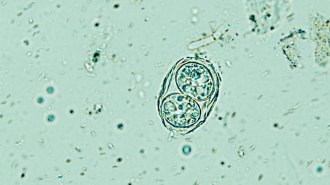 Health & Medicine
Health & MedicineGetting drugs into the brain is hard. Maybe a parasite can do the job
Researchers want to harness the parasite that causes toxoplasmosis to ferry drugs, but some question if the risks can be eliminated.
-
 Animals
AnimalsKomodo dragon teeth get their strength from an iron coat
Studying the reptile’s ironclad teeth in more detail could help solve a dinosaur dental mystery.
-
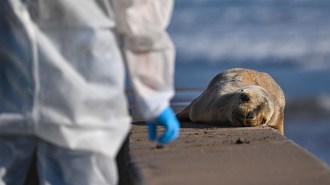 Health & Medicine
Health & MedicineBird flu has been invading the brains of mammals. Here’s why
Although H5N1 and its relatives can cause mild disease in some animals, these viruses are more likely to infect brain tissue than other types of flu.
-
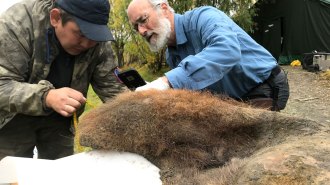 Genetics
GeneticsFreeze-drying turned a woolly mammoth’s DNA into 3-D ‘chromoglass’
A new technique for probing the 3-D structure of ancient DNA may help scientists learn how extinct animals functioned, not just what they looked like.
-
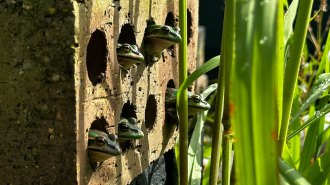 Animals
AnimalsTiny saunas help frogs fight off chytrid fungus
Balmy shelters could bolster resistance to the deadly fungus in amphibian populations, but experts caution they won’t work for all susceptible species.
By Skyler Ware